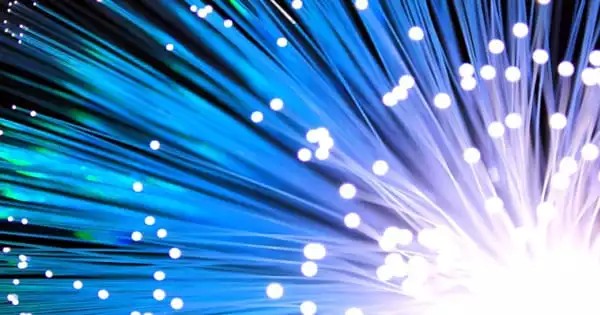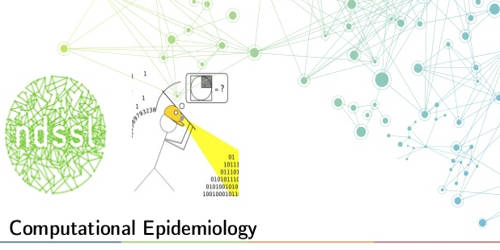Photonics is the scientific study of light and its technological application. It is crucial to note, however, that the term “photonics” is somewhat ambiguous. Having said that, it is now frequently used to refer to a group of new technologies that deal with various aspects of light. These include technologies for storing, transmitting, or manipulating information, but they can also include ways for harvesting energy from light and/or converting it to electricity.
To pick specific wavelengths of light, researchers created a metallic waveguide with a nano-sized chamber. This research could aid in the development of machines that can calculate using light rather than electric charge.
Light is believed to be the source of life, and in the near future, it may also serve as the foundation for our everyday personal computing demands. Researchers at the University of Tsukuba recently harnessed specific light energy from a ‘packet’ of light by developing a nanocavity, which may aid in the construction of future all-optical computers.
Fiber optic cables already use the unimaginably rapid speed of light to transfer internet data. However, before you can view your favorite streaming show, these signals must first be transformed into electrical impulses in the circuitry of your computer or smart TV. Researchers are working on constructing new all-optical computers that will be able to do computations utilizing light pulses. However, it is frequently difficult to accurately manage packets of light energy, and new devices are required to shape the light pulses in a switchable manner.
Imagine a surface plasmon polariton as what happens when a strong breeze sweeps across the ocean. Water and air waves are in sync. Light waves with matching resonance energy are thereby transmitted, while other wavelengths are prevented. The light wave packet gets reshaped as a result of this.
Professor Atsushi Kubo.
Researchers from the University of Tsukuba tested a new metallic waveguide with a tiny nanocavity just 100 nanometers long in a report published in Nanophotonics. The size of the nanocavity is precisely tuned such that only specified wavelengths of light may fit within. As a result, the nanocavity behaves virtually like an artificial atom with programmable features. Light waves with matching resonance energy are thereby transmitted, while other wavelengths are prevented. The lightwave packet gets reshaped as a result of this.
The researchers used “surface plasmon polaritons,” which are light waves that move over the metal-air interface. This entails connecting the mobility of the light wave in the air with the motion of the electrons in the metal right beneath it. “Imagine a surface plasmon polariton as what happens when a strong breeze sweeps across the ocean. Water and air waves are in sync “According to senior author Professor Atsushi Kubo.

The waveguide was made with a dye whose fluorescence qualities changed depending on the presence of light energy. The researchers employed light chirps that were only 10 femtoseconds (i.e., 10 quadrillionths of a second) long and used time-resolved two-photon fluorescence microscopy to produce a “movie” of the ensuing waves. They discovered that only the spectral component matching the nanocavity’s resonance energy could continue propagating down the metal surface. Professor Kubo believes that “the ability to deliberately alter waveforms will be critical in the creation of future optical computers.” The findings of this experiment may potentially aid in the development of other ultrafast optical spectroscopy devices.
Today, high-performance computing is one of the most important applications of photonics, specifically integrated photonics. Servers in massive data server farms utilized by large tech corporations such as Google or Amazon are specific instances.
Photonics is utilized in these applications to communicate huge volumes of data between high-performance computers with significantly lower power consumption and signal loss than more traditional electronic options. This not only lowers operating expenses but also allows for the best potential data flow.
Such applications are critical in today’s environment, as many commercial services are becoming increasingly dependent on data centers like these, as well as cloud computing. Photonics has many applications outside of computing, from medical sciences to energy production.
















